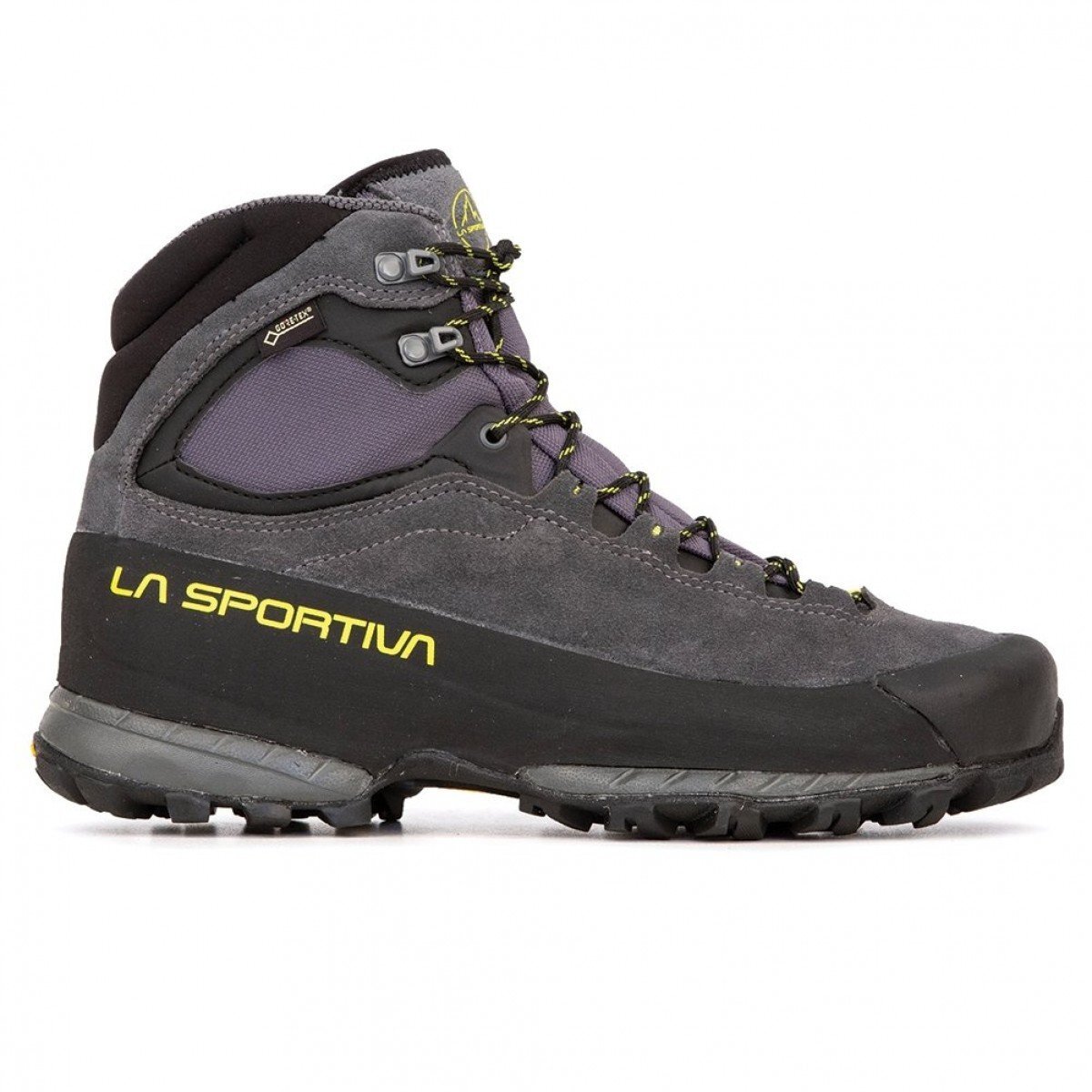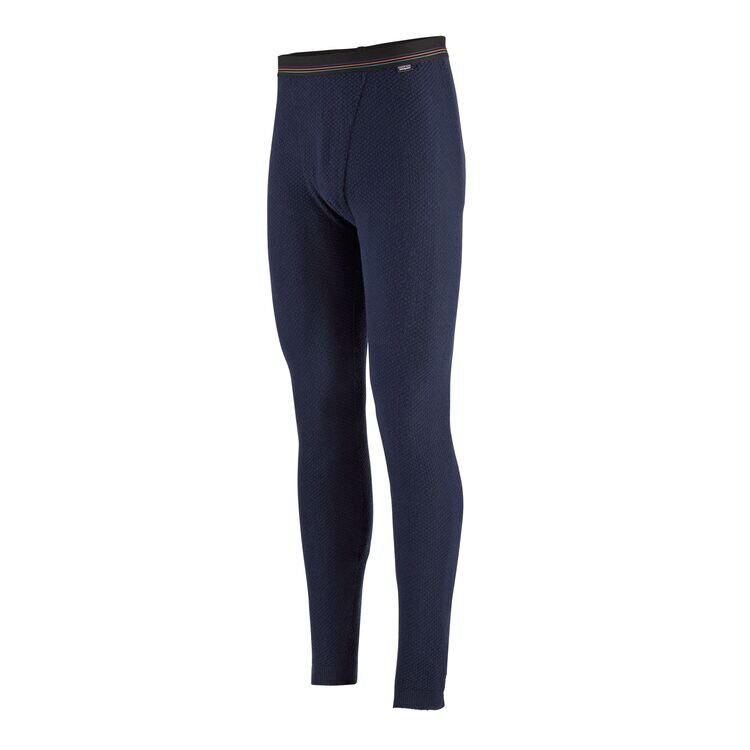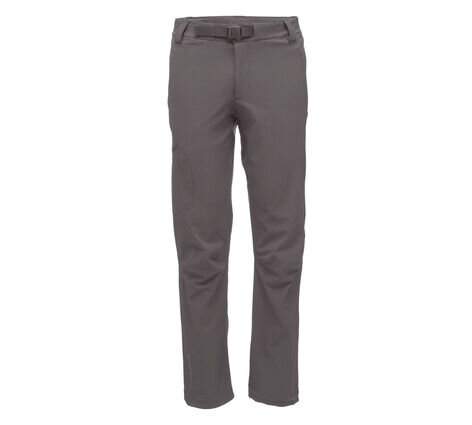Gear Guide
The right gear isn’t only essential to climbing each of the Seven Summits, but will ensure you stay warm, comfortable and most importantly safe, from top to bottom. Through our years of experience, we know exactly what you’ll need for each of the mountains and have made every effort to show you the overlapping essential gear that can be used on several, if not all, of the Seven Summits. This is our highly recommended list of specific gear, it is up to you to decide on specific brands or equivalent items at different price points.
Footwear
Realistically, climbers will need to purchase 3 pieces of footwear to complete the Seven Summits. A sturdy trekking boot, a 7,000 meter double boot, and a pair of 8,000 meter double boots. Below is a recommended guide of shoes and which peaks they will be used on for the actual climb.
Note: the trekking boot can be used on many of the expeditions as the trek into base camp or base camp shoe.
Lower body layers
For lower body layers, there is quite a lot of overlap on the mountains and a climber can invest in one set of top quality products that could be used on all of the Seven Summits. The key is to build a good Action Suit that is your "go to" layers on mountain climbing expeditions no matter the altitude, because they all should work.
Base Layers
Ryan's action suit is made up of long underwear, either one pair or two depending on the setting, and then soft shell pants. This can be used to climb almost all the settings of the Seven Summits at least on the lower camps of the highest peaks, before needing to add insulation or goretex.
Moving out
Going outward from here, you will want a good pair of nylon trekking pants. These can be used in multiple applications from adventure travel to trekking into the base camps, to even most of the route if not all on a mountain like Kilimanjaro in cooperation with your other layers. These later can be used to trek to Everest base camp or even as base camp living pants.
More Layers
Next we recommend investing in a good pair of soft shell climbing pants. As soft shell material has evolved and become very useful in the alpine terrain, many guides live in these on the mountains and only put on Gore-tex waterproof layers if absolutely necessary. Soft Shells are comfortable, they breath better than Goretex, and shed light precipitation.
For the wet and wind
Next we recommend investing in a very good pair of lightweight shell pants, often referred to as Gore-Tex pants because that fabric has become so widely used. Many people make the mistake of buying heavy shell pants, and this can be a bit confusing, since there are literally rain pants, that are not very breathable but very light, all the way up to overkill multi layer ski pants that are just too heavy to carry on mountain climbs. Right in the middle are alpine climbing shells, made for shedding precip and snow. Try to purchase ones with full side zips, so that you can put them on or take them off on route, without having to take off climbing boots and crampons.
When it gets cold
Insulated Pants are a great investment for use in a few applications. For those that get cold easily on their lower body, these may be useful on summit day of Aconcagua for added warmth, though most climbers do not require wearing them there. But for Denali, Vinson and Everest, these will be used as either summit pants or camp living in cold situations. For Everest these insulated pants would only be used lower on the mountain since a down suit will be required for Summit Day.
Upper body layers
For upper body layers, there is also quite a lot of overlap on the mountains and a climber can invest in one set of top quality products that could be used on all of the Seven Summits. Again, the key is to build a good Action Suit that is your "go to" layers on mountain climbing expeditions no matter the altitude, because they all should work. Ryan's action suit is made up of Base Layer long underwear tops, either one pair or two depending on the setting, and then a wool or light insulation layer. This can be used to climb almost all the settings of the seven summits. at least on the lower camps of the highest peaks, before needing to add insulation or goretex.
Base layer
You will want to purchase a light or medium weight long underwear shirt layers, wool or synthetic material. These base layers will be used as the first warm layer on any and all mountains. The next purchase would be for expedition weight thicker wool or synthetic long underwear that will be used on higher peaks in cooperation over your light pair. Doubled up in some scenarios or warn individually in others.
Mid layer
Going outward from here, you will want a good mid range warm layer. These can be used in multiple applications from adventure travel to trekking into the base camps, to even most of the route if not all on a mountain like Kilimanjaro in cooperation with your other layers. These later can be used to trek to everest base camp or even your first warm layer on all the mountains up to Everest summit day.
Main insulation
Next we recommend investing in a good Main Insulation Jacket with a hood. Mountain Guides and fellow climbers virtually live in this layer on expeditions.
Down jacket
Next we recommend a big down Jacket. This is an essential layer for several situations. It is used as a break time warm jacket on lower peaks, a base camp jacket on higher peaks, and as a summit jacket on mountains such as Kilimanjaro, Elbrus, and Aconcagua. Should be a significant warm layer but not too big. It should be easy to pack and carry, but warm 800 fill down jacket.
Shell
Next we recommend investing in a very good lightweight shell Jacket, often referred to as Gore-Tex because that fabric has become so widely used. Many people make the mistake of buying a heavy shell Jacket, and this can be a bit confusing, since there are literally rain jackets, that are not very breathable but very light, all the way up to overkill multi layer insulated ski Jackets that are just too heavy to carry on mountain climbs. Right in the middle are alpine climbing shells, made for shedding precip and snow. Try to purchase one with under armpit zips for ventilation.
Down Suit
The final piece of upper body gear that is needed will be a one piece down suit. This is used on Mt. Everest. It is possible to use a two piece, large down jacket and pants combination, but it is much more efficient and logical to use a suit for Everest summit.
Gloves
For most all of the expeditions after Kilimanjaro you will use some variation if not all of the following items, so it is good to go ahead and invest in these pieces for each of your mountain climbs.
Lightweight Liner Gloves
Suitable For: All mountains, either as a trekking layer or under layer inside big mittens.
Mid Weight Climbing Gloves
Suitable For: All mountains, typical mountain climbing gore-tex shelled gloves are used heavily on all the peaks.
Big Mittens
Suitable For: All mountains except will not be used on Carstensz Pyramid. These are your summit warmest layer mittens.
Hardware
For most all of the expeditions after Kilimanjaro you will use some variation if not all of the following items, so it is good to go ahead and invest in these pieces for each of your mountain climbs.
Non locking carabiners
Two Non-Locking Carabiners. These will be used in various applications throughout the Seven Summits journey.
Figure 8
The classic figure 8 for rappels, is easier to use on tight fixed ropes than an ATC style rappel device.
locking carabiners
Three Locking Carabiners will be used in various applications. One as a general clip in point on your harness and others as points of protection on fixed ropes on several of the mountains. For Denali you will likely require 3 additional Locking Carabiners.
Crampons
A classic 10-point crampon for mountaineering and glacier travel, lightweight design. We recommend the strap style for ease of use on various style boots.
Ice axe
For Size: Hold the head of the axe in one hand by your side. The spike end should end just above your ankle bone.
Helmet
Get a standard climbing specific helmet, it will be used on most of the mountains on the list.
Ascender
Will be used on Carstensz Pyramid, Vinson, Denali, and Everest, for fixed rope.
Trekking Poles
We strongly recommend flick lock adjustments vs screw type. 3 Section poles pack down smaller for travel in duffle bags.
Other Gear
For most all of the expeditions after Kilimanjaro you will use some variation if not all of the following items, so it is good to go ahead and invest in these pieces for each of your mountain climbs.
Goggles
Carried on all mountains for windy summit mornings.
Air Mattress
Air mattress will be used on virtually all mountains in the mountain tents. Light yet comfortable is the goal.
Backpack #1
One Mid Sized 40 - 50 Liter pack will serve as a climbing pack on Kilimanjaro, Carstensz Pyramid, and Elbrus. It will also function as a travel pack to the country, or as a trekking pack into Everest base camp.
Sunglasses
Glacier glasses provide the best coverage for sun reflection. Very good, polarized wrap around normal sunglasses are also common on big mountains.
Sleeping Bag #2
For Denali, Vinson and Everest you will require a -40 C down filled sleeping bag of high quality. 800 Fill Down recommended.
Backpack #2
For the larger more expedition mountains, you will need an 80 liter or larger pack to move with personal items. This sized pack is commonly used on Aconcagua, Vinson, Denali and Everest.
Sleeping Pad
A foam pad that is under your air pad. Z style pads are more compact and easier to carry on a back pack.
Sleeping bag #1
A versatile bag for many scenarios is a 650 down filled -20 C sleeping bag. This can be used on Kilimanjaro, Elbrus, Aconcagua, and as a trekking / second base camp bag at Everest.
Duffle bag
A staple of expedition travel. You will need one or eventually two of these kinds of bags to get to your mountain with all your gear. The North Face Base Camp Duffle in size XXL is the standard. A size of 150 liters or so, is realistic for stuffing in all gear, or as a porter bag.



































